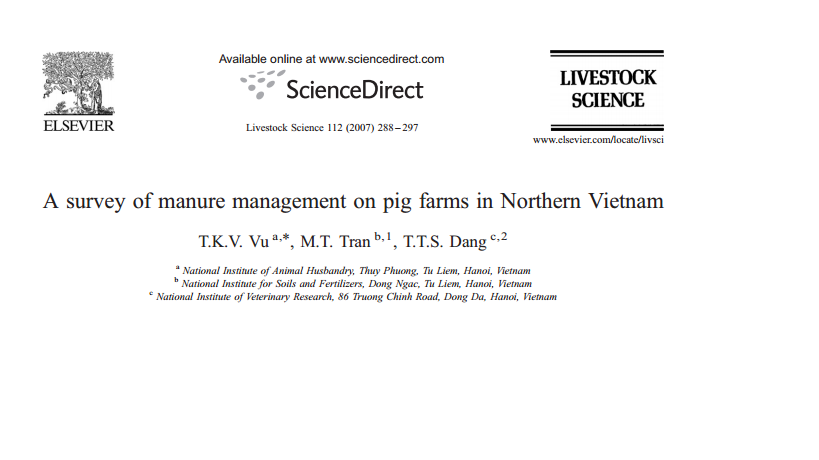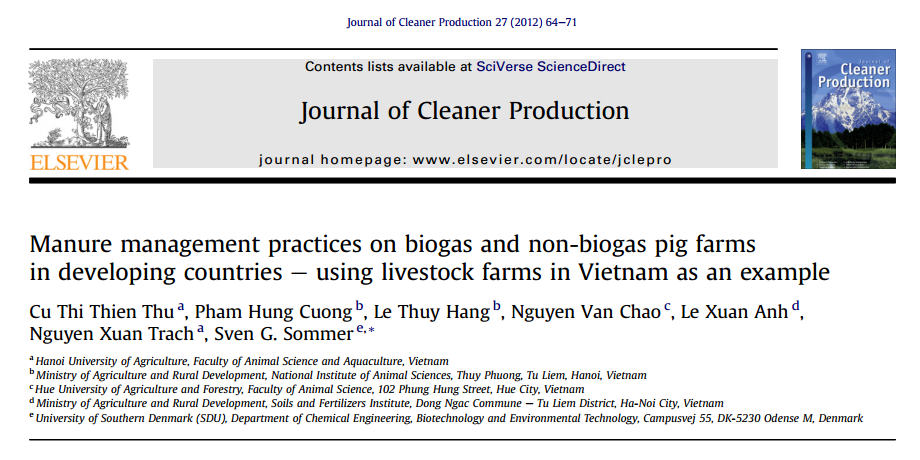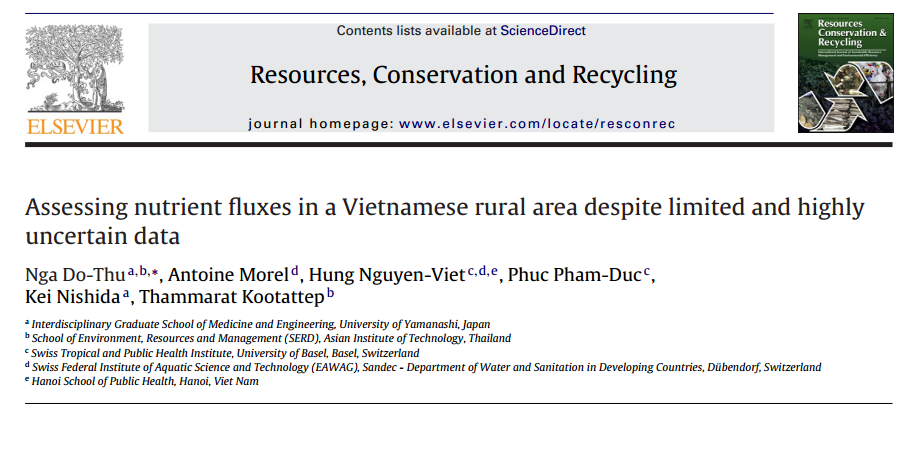 Waste Agricultural Biomass
Waste Agricultural BiomassAgricultural Waste is unwanted or unsalable materials produced wholly from agricultural operations directly related to the growing of crops or raising of animals for the primary purpose of making a profit or for a livelihood. Some examples of agricultural waste include: Grape Vines.
2014 | City of Melbourne
Keywords: Zero net emissions
Zero Net Emissions by 2020 update 2014 is our strategy for the next four years and beyond to become a carbon neutral city and create a bold and sustainable future for the municipality of Melbourne. It outlines a way forward for the municipality of Melbourne that has been developed by City of Melbourne in collaboration with key stakeholders. We recognize that we can achieve such an ambitious goal working alone. Council operations make up less than one per cent of the greenhouse gas emissions of the municipality, so we have developed a plan for key stakeholders to work together towards this goal.
2006 | Environment Committee
Keywords: Greenhouse Action Plan
Council has played a leading role in greenhouse reduction activities since the mid 1990's. Council joined the international Cities for Climate Protection TM (CCP TM) Program in 1998 and the national Greenhouse Challenge program in 2000. Since joining these programs Council recognised the need to develop a longer term approach to greenhouse issues, and adopted the Zero Net Emissions by 2020 strategy in 2003. Zero Net Emissions by 2020 identifies three key strategies:Improved Building Design: Reduction in energy use through the uptake of ESD principles in new and existing buildings.Use of renewable energy: Increased uptake of renewable energy and renewable energy generation such as solar hot water and photovoltaics.Sequestration: The offset of remaining emissions through tree planting, which sequesters carbon from the atmosphere.The strategy recognises that deeper abatement coupled with a strategic approach is required to curb the impacts of global warming.
2012 | Institute for Global Environmental Strategies (IGES)
Keywords: sustainable management
Current waste management practices in cities in developing Asia are a threat to human health and to the environment. These impacts extend beyond the local level because of the emissions of greenhouse gases and the resulting contribution to global climate change. Biological treatment methods for organic waste, which include composting, anaerobic digestion and mechanical-biological treatment, have a number of well-documented advantages over current and conventional waste management practices. These methods have been successfully implemented in a number of cities, but their uptake is still limited. Governments play a key role in mainstreaming biological treatment and coordinated policy action at national and local levels is needed. This policy brief therefore recommends a number of concrete government actions that can facilitate the uptake of these methods. National governments are recommended to focus on stakeholder engagement, formulation and implementation of supportive policies, and information management. Local governments are recommended to liaise more effectively with their national governments, develop clear strategies and plans, engage the local stakeholders, and nurture innovations and grassroots initiatives.
2013 | UNEP
Keywords: Emission reduction
Burma is among the least emitting countries in the world, with 0.3 tCO2e per capita per year, and total annual GHG emissions of 12 million tCO2 -- excluding any methane emissions from agriculture, which has not been estimated (World Bank). In the WRI assessment, however, Myanmar has been attributed annual GHG emissions of 265 million tCO2e/year2, including all greenhouse gasses. This indicated significant emissions from agriculture.

2007 | Elsevier
Keywords: Animal manure, Biogas, Crop cultivation, Fish farming, Pig production, Pathogens
nimal manure can provide nutrients for crop and fish production and input for biogas production but, if managed inappropriately, can also have a negative impact on the environment. The objective of this survey was to provide information about pig production and manure management practices in the Northern part of Vietnam in order to identify and prioritize research needs for future improvements in pig manure management. A survey was conducted by in-depth interviews on 54 pig farms in two Northern Vietnamese provinces, Thai Binh and Bac Giang.

2012 | Elsevier
Keywords: Biogas, Pig production, Manure management, Developing countries
This survey was carried out to study animal manure management on livestock farms with biogas technology (biogas farms) and without (non-biogas farms) in the areas surrounding the Vietnamese cities Hanoi and Hue. The objective of the study was to assess the contribution of biogas production to a better environment as well as to recognize the problems with livestock manure management on small-scale farms. On all the farms included in the study more than one manure management technology was used, i.e. composting, separation of manure, biogas production and discharge of liquid manure to recipients such as public sewers or ponds. On biogas farms, most of the manure collected was used for bio-digestion.

2011 | Elsevier
Keywords: Material flow analysis (MFA), Monte Carlo simulation, Data uncertainty and scarcity, Nutrient recovery, Developing countries
Material flow analysis (MFA) is a useful methodology to describe and quantify complex systems based on the law of mass conservation. It was further adapted to suit the specific conditions in developing countries where the available data is scarce and uncertain. The ˜adapted MF methodology optimises the number of parameters, describes these parameters as probability distributions and assesses the accuracy and uncertainty of the model values by Monte Carlo simulation.This study illustrates the first successful application of the adapted MFA methodology in a small and low-income area including two neighbouring communes in rural northern Vietnam, where environmental sanitation and traditional agricultural practices are strongly interlinked and have an impact on the surrounding environment. Moreover, data on this area is typically scarce and uncertain.
2011 | Institute for Global Environmental Strategies
Keywords:
Environmental sustainability is the key tool to support the socio-economic development of Cambodia with the crucial functions to maintain the balance between natural resources and human needs. Therefore, it is necessary to take environmental protection into account consistent with the socio-economic development. The Royal Government of Cambodia under the ideal leadership of Samdech Akka Moha Sena Padei Techo Hun Sen, Prime Minister of the Kingdome of Cambodia, in the context of environment, has adopted several legislations, for example, the Law on Environmental Protection and Natural Resources Management, Law on Natural Protected Areas, Law on Biosafety, and the four related sub-decrees as well, emphasizing its support and commitment to protect and manage the environment and natural resources in a sustainable manner.
2009 | UNEP
Keywords: Agricultural Biomass
Globally, 140 billion metric tons of biomass wastes are generated every year from agriculture equivalent to about 50 billion tons of oil. This energy can displace fossil fuel, reduce emissions of greenhouse gases and provide renewable energy to some 1.6 billion people in developing countries, which still lack access to electricity. As raw materials, biomass wastes have attractive potentials for large-scale industries and community-level enterprises. For efficient and effective conversion, appropriate selection of technologies is one of the vital pre-conditions. This compendium is compiled to assist in selection process for the technologies. This is a compilation of information about the technologies for converting waste agricultural biomass into material or energy resource. The technologies listed range from highly sophisticated equipment from industrialized countries to simple technologies from the developing countries. Different levels of use are also considered, i.e., commercial use, demonstration projects, and research level technologies. The technologies for different type of waste agricultural biomass and size of output are also considered. Technologies listed in the Compendium are limited to those that use cellulosic agricultural waste biomass.